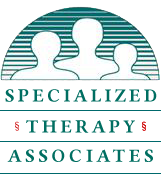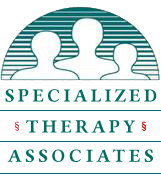The book entitled The Distracted Mind, subtitled Ancient Brains in a High-Tech World by Adam Gazzaley, MD Ph.D. and Larry Rosen, Ph.D., both of whom have videos to check out on YouTube, was published in the Fall of 2016. Thus it’s an up-to-date look at how our brains have a limited capacity for managing information, how screen use negatively impacts that capacity and how we can minimize the negative effects of that impact.
Dr. Gazzaley discusses the results of research in his lab and others’ research which demonstrates that there are limits to the amount of cognitive control our brains can bring to a situation. Our attention is affected by issues related to selectivity, distribution of attention, sustainability of attention over time and processing speed limitations. For example, focused attention results in improved performance compared to distributed attention. Working Memory, the ability to hold information actively in our minds for brief periods of time to guide our subsequent actions, has limits both for capacity and for fidelity. In terms of issues involved with Goal Management, when it comes to Multitasking, it turns out that we can engage in two behaviors at the same time, particularly those consisting of basic motoric subroutines, e.g. walk and chew gum, but we are only able to focus our attention on one thing at a time. What people actually do while they think they are multitasking is task switching, rapidly alternating their attention back and forth between two (or more) tasks. However, task switching results in loss of accuracy and performance speed.
Dr. Rosen’s lab has specialized in looking at the effects of modern technology on our attention. The authors offer statistics indicating how pervasive the use of smartphones has become in our culture. People look at multiple screens at home, school and in the workplace. Studies show that doing so results in impaired learning, reduced amount of work performed at people’s jobs, a reduced amount of sleep and impaired driving. Impairments are also increased for children and older adults, especially those dealing with ADHD, depression, and anxiety. The authors present a theoretical model that explains why people interrupt themselves to seek more information which they say we are driven to do because before our current age of excess information, more information was helpful to our survival.
The third part of the book offers the presentation of factors supported by research, to varying levels of persuasiveness, that boost our control by making changes in our mental functioning. The strongest factor is physical exercise with cognitive exercise, video game training and meditation not far behind. Dr. Gazzaley’s lab is also researching a multimodal approach. The authors also offer suggestions for modifying our behavior that will enhance our cognitive control. These factors either improve our awareness of the costs of multitasking/task switching, limit accessibility to new information sources, decrease boredom while focusing on a single goal or reduce the anxiety that prompts people to switch to a new source of information. They offer strategies for safe driving, focusing on critical assignments, improving social interactions and improving sleep. It turns out that there are many apps for that and Dr. Gazzaley and Dr. Rosen tell you what they are. It’s all worth learning a lot more about.

